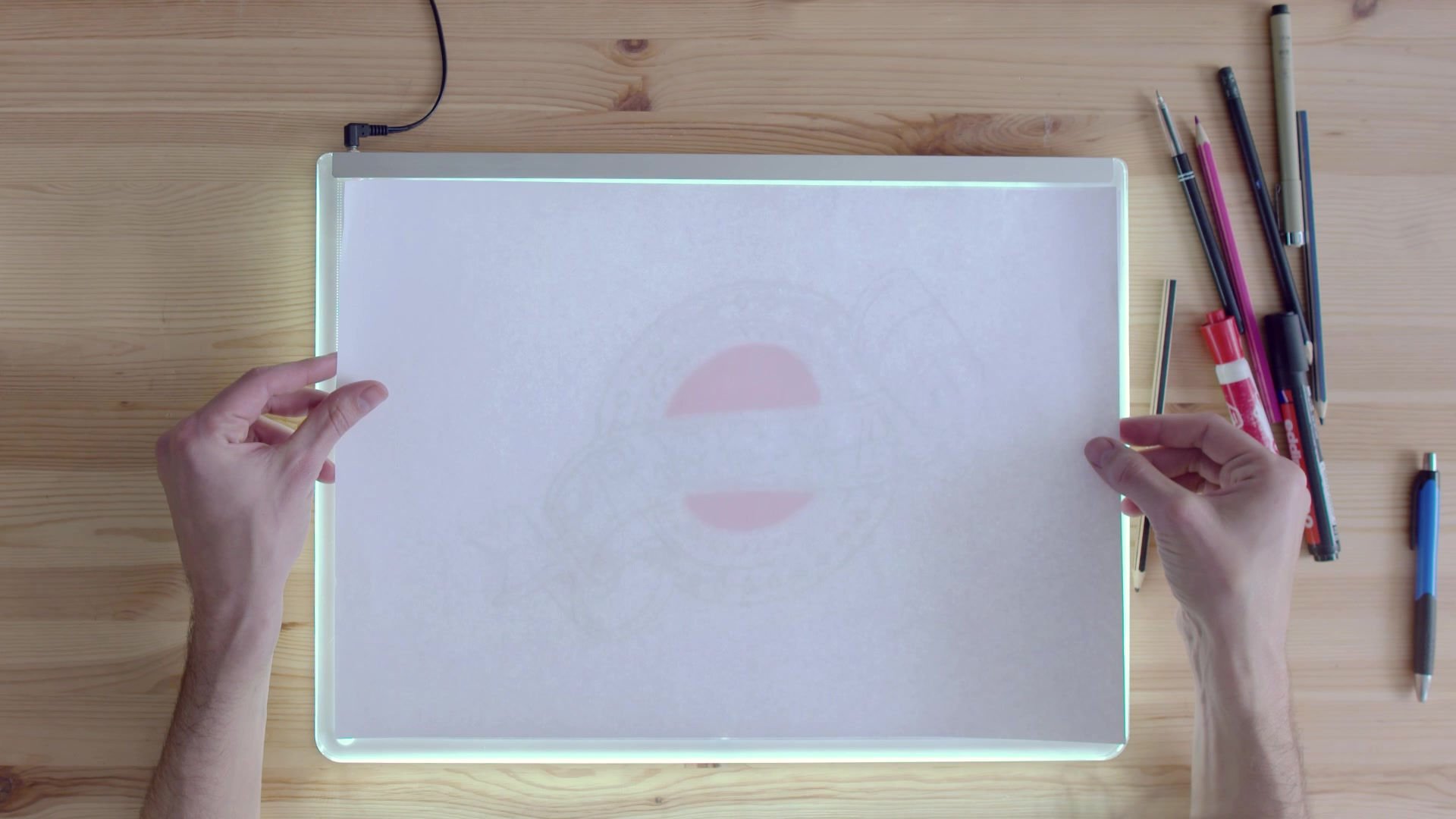Breaking Barriers: Deaf Pilots Prove Their Skills in Aviation History
- Cheryll Atienza

- Jun 13
- 3 min read
Updated: Jun 16

The sky has always been a symbol of freedom, and flying is a dream for many. However, for Deaf individuals, the journey to becoming a pilot has been fraught with challenges, as governments historically doubted their ability to communicate effectively in the air. Despite these hurdles, Deaf pilots have proven their skills and changed aviation history, paving the way for greater inclusivity.
In this blog post, we’ll explore the inspiring journey of Deaf pilots, including the story of the first Deaf pilot, how they overcame challenges, and what it means for aspiring Deaf pilots today.
A Brief History: The First Deaf Pilot
The history of Deaf pilots began with Nellie Zabel Willhite, the first Deaf woman to earn a pilot's license in 1928. She faced prejudice and skepticism, yet she excelled, demonstrating that hearing is not the sole requirement for piloting an aircraft. Willhite's courage inspired others to pursue aviation despite their hearing disabilities.
Her journey was not just about her personal achievements but also about challenging the status quo. By obtaining her pilot’s license, she laid the groundwork for others to fight for their rights and capabilities in aviation.
Debunking Myths About Deaf Pilots
Many believe that hearing is critical for a pilot due to air traffic control communication. However, Deaf pilots rely on visual signals, advanced navigation systems, and other non-auditory methods to communicate and navigate safely.
Some achievements by Deaf pilots include:
Using light signals to communicate with air traffic control.
Flying recreationally and commercially in specific roles, such as banner towing and agricultural operations.
Inspiring others to join the aviation field despite societal limitations.
Challenges and Triumphs
For decades, governments resisted granting Deaf individuals pilot licenses due to concerns about safety and communication. Advocacy from organizations like the Deaf Pilots Association has been instrumental in changing perceptions and regulations. In the United States, Deaf individuals can now obtain student pilot certificates, recreational pilot certificates, and private pilot licenses.
Obtaining these licenses involves rigorous testing, including demonstrating the ability to handle emergency situations and communicate effectively without relying on auditory input.
Modern-Day Opportunities for Deaf Pilots
Today, aspiring Deaf pilots can take advantage of flight schools and resources tailored to their needs. Organizations like the Deaf Pilots Association offer guidance, mentorship, and community support. With fewer than 300 Deaf pilots in the United States, these individuals represent a unique and inspiring part of the aviation world.
FAQs About Deaf Pilots
1. What is the hardest pilot certificate to obtain?
The airline transport pilot certificate is considered the hardest due to its extensive requirements, including high levels of experience and technical knowledge.
2. How do Deaf pilots communicate with air traffic control?
Deaf pilots use light signals, visual aids, and written communication to interact with air traffic control.
3. How many Deaf pilots are there worldwide?
There are fewer than 300 Deaf pilots in the United States and a comparable number globally in ultralight aviation.
4. Can Deaf individuals obtain a commercial pilot license?
Yes, but with limitations. Deaf pilots can work in operations that don’t require radio communication, such as banner towing or agricultural aviation.
The journey of Deaf pilots serves as a powerful reminder of human determination and resilience. From the pioneering efforts of Nellie Zabel Willhite to the advocacy of modern organizations, the aviation world is slowly becoming more inclusive.
For aspiring Deaf pilots, the sky is no longer the limit—it’s just the beginning. If you dream of flying, consider exploring resources like the Deaf Pilots Association, where you can receive support and encouragement on your journey to the cockpit.
























































Comments